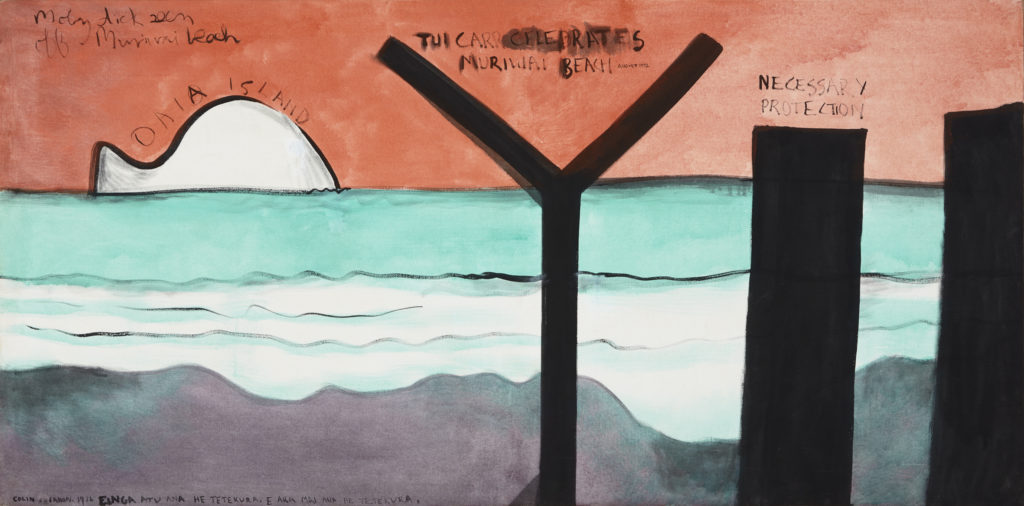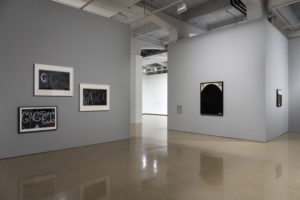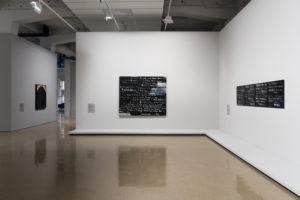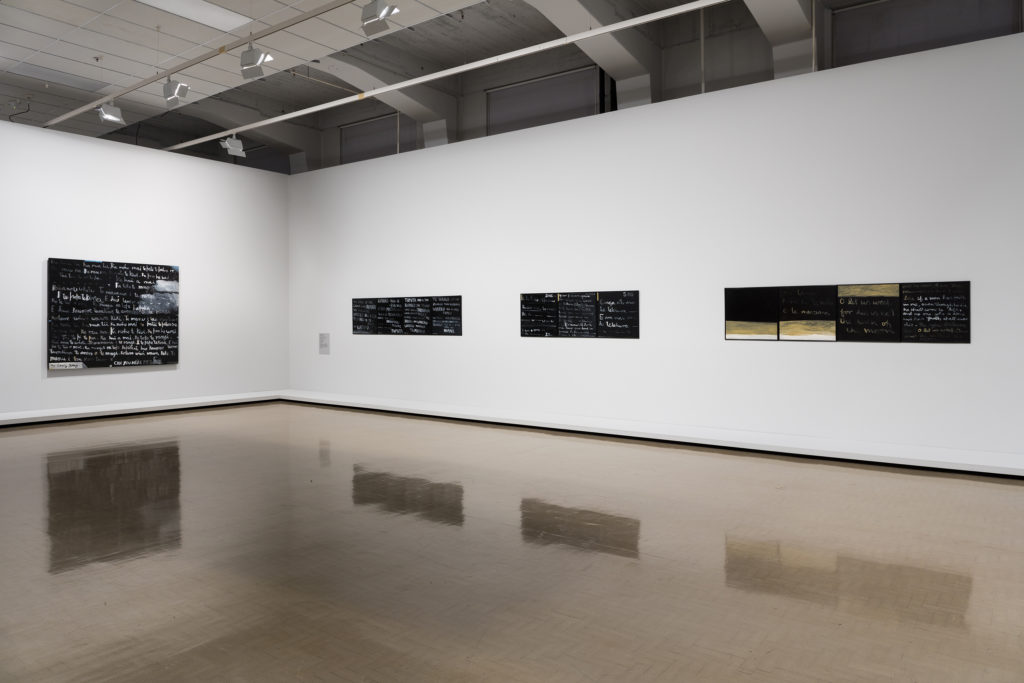CURATORS Wystan Curnow, Robert Leonard PUBLICATION text Wystan Curnow and Robert Leonard
Painter Colin McCahon (1919–87) is our most celebrated artist. His name is synonymous with New Zealand art. He emerged in the late 1940s and remained active into the early 1980s. Over this time, his work underwent major formal and conceptual transformations. His diverse oeuvre includes landscapes, figurative paintings, abstractions, text and number paintings, and combinations of these. His work proves inventive and inspiring, crucial and consequential. It leads the discussion. New Zealand art develops around it. Critics argue about its virtues and implications; other artists produce work in response to it. McCahon casts a long shadow.
On Going Out with the Tide explores McCahon’s evolving engagement with Māori subjects and themes in his works of the 1960s and 1970s. These range from early treatments of koru imagery to later history paintings, referring to Māori prophets and highlighting land-rights issues. The show seeks to understand these works in terms of a tectonic shift in New Zealand culture—emerging biculturalism. It seeks to restore a historical context to the work, by understanding it in terms of the times in which it was made, as well as considering the ways it has been read subsequently. McCahon’s interest was fed by new resources on Māori culture, friendships with writers and artists, and the births of his Māori grandsons, Matiu and Peter (Tui). While McCahon’s interest in Māori culture sustained and consolidated longstanding features of his work, it also fundamentally changed it.
There is a room of works from 1969 based on Matire Kereama’s book The Tail of the Fish, which includes The Canoe Tainui, the most expensive work to sell at auction in New Zealand. Other rooms address particular places: Muriwai (where McCahon had his studio), Parihaka, and Te Urewera.
The show is an opportunity to consider how increasing awareness of Māori culture and concerns shaped the work of New Zealand’s most celebrated artist’s most important period. The show does not presume to offer the last word on the work—its meaning, significance, and politics—but to provide a platform for discussion. As part of the project, City Gallery will be presenting an accompanying programme of lectures, talks, and screenings.


































































































